Introducing Rubens to Sickert: The Study of Drawing

Originally published by Reading Museum on 14 April 2021
The newest exhibition to arrive at Reading Museum, in partnership with the University of Reading Art Collections, is Rubens to Sickert: The Study of Drawing.
In this blog, join Curator of the University of Reading Art Collections, Dr Naomi Lebens, as she introduces the exhibition, revealing the historic connection between the study of drawing and the University of Reading, and exploring the collection and collector of master drawings at its heart: J. Anthony Betts.
Meet J. Anthony Betts
In the logo of Rubens to Sickert: The Study of Drawing, James Anthony Betts (1897-1980) stands on the rim of a broad-brimmed black hat, with a cigarette drooping from his mouth. He points his finger determinedly into the air. This caricature, drawn in 1923 by John Thomas Young Gilroy (1898–1985), shows Betts as a student at the Royal College of Art.
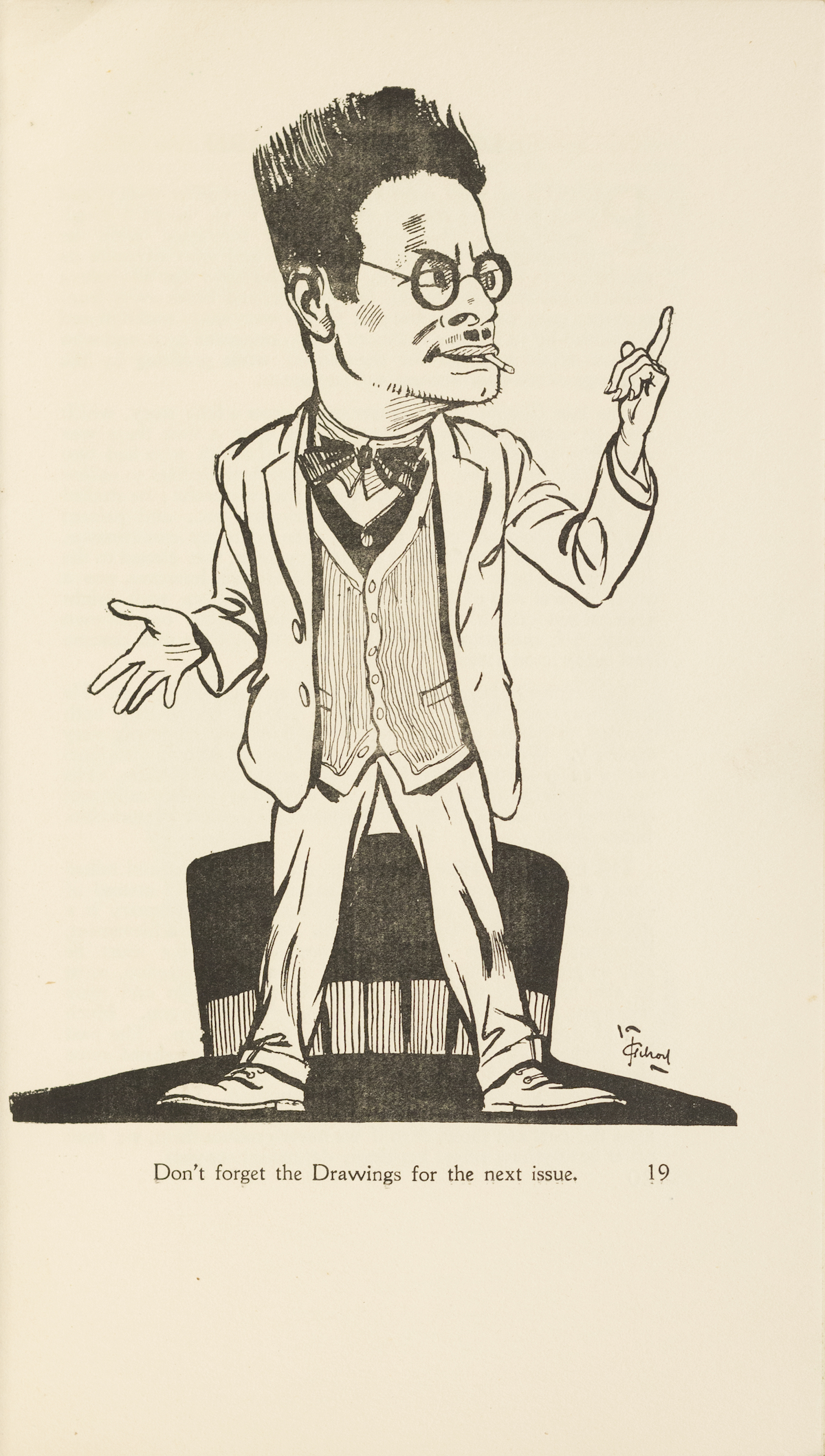
Professor Betts, as he became, was Head of the School of Art at the University of Reading for 30 years from 1933-1963.
One of his most important legacies is the little-known collection of master drawings he assembled for the University in the 1950s. Rubens to Sickert: The Study of Drawing puts much of this collection on public display for the very first time.
The beauty of drawing
Rubens to Sickert celebrates the simple beauty of drawing. It shows how drawing can be a starting point for artists working in a range of different mediums, and a beautiful art form in its own right.
The exhibition also tells a story about how drawing was studied and taught during a period of significant change.
As it had been for centuries, drawing the model from life was at the centre of the British art school curriculum throughout Betts’ career. However, approaches and attitudes to life drawing were becoming more diverse.
In his collecting, Betts focused on artists drawing the body. He began with Old Master drawings (1500s-1800s). He believed that artists from the past provided an important touchstone for art students. But Betts also admired modern artists who pulled away from traditional approaches to figure drawing. He combined an interest in the stories behind the drawings he collected with an emphasis on variety.
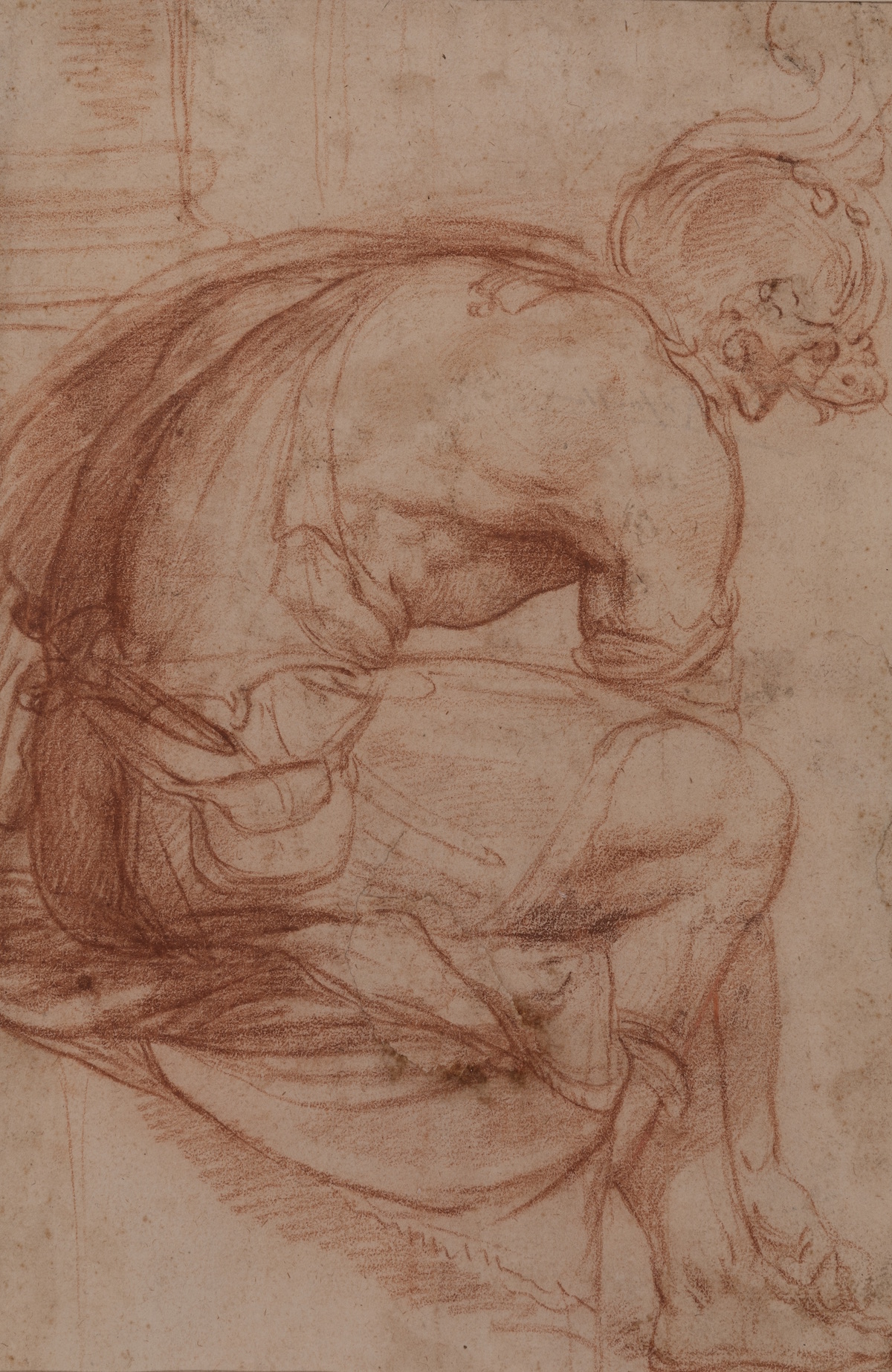
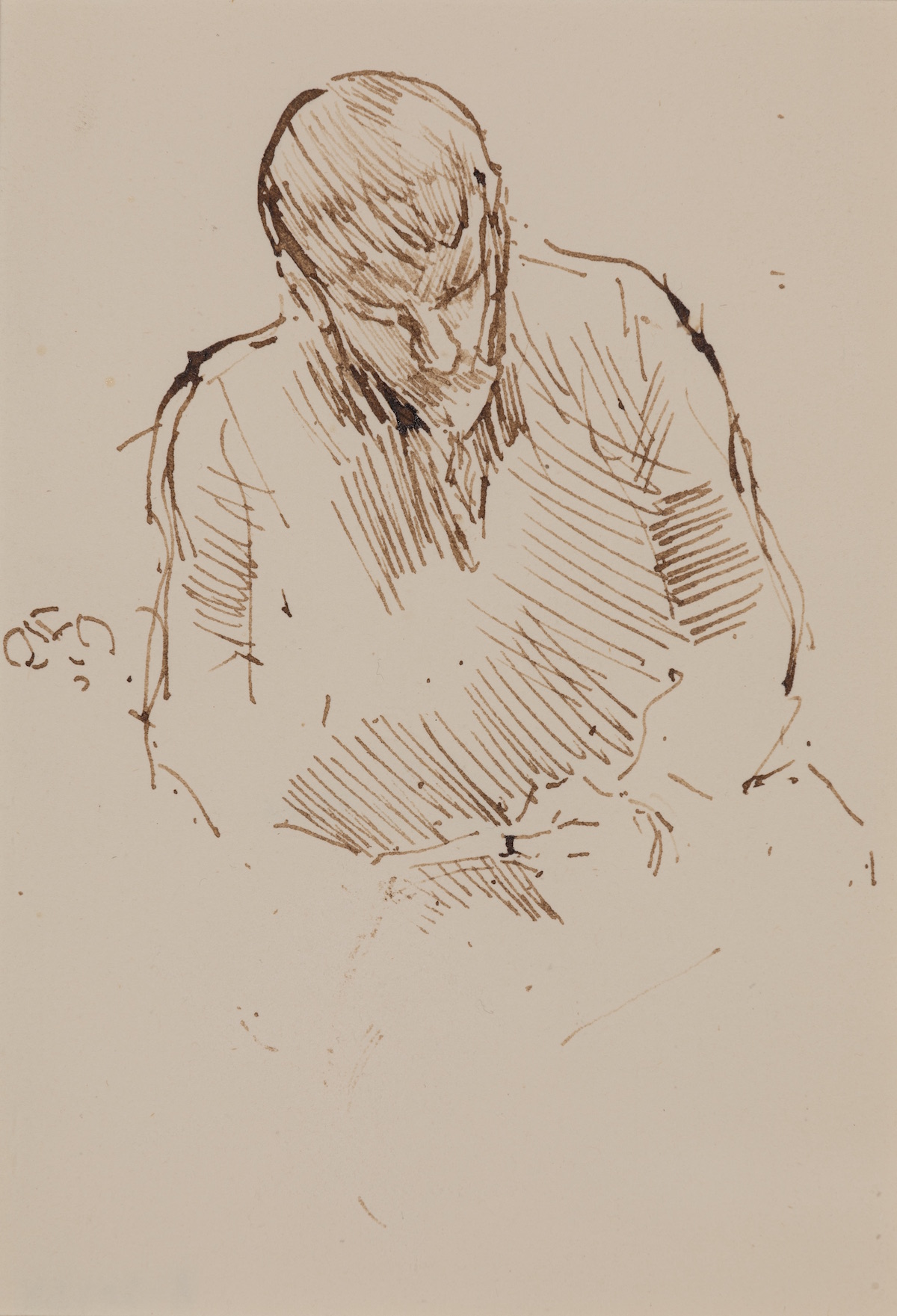
Betts formed his own sense of himself as a contemporary artist during his studies in the 1920s. Star loans in the exhibition help tell this crucial, missing and surprising part of the story – of a time when Betts belonged to an up and coming group of ambitious young artists alongside Henry Moore (1898-1986). With Betts’ help, Moore was awarded an honorary doctorate by the University of Reading in 1959.
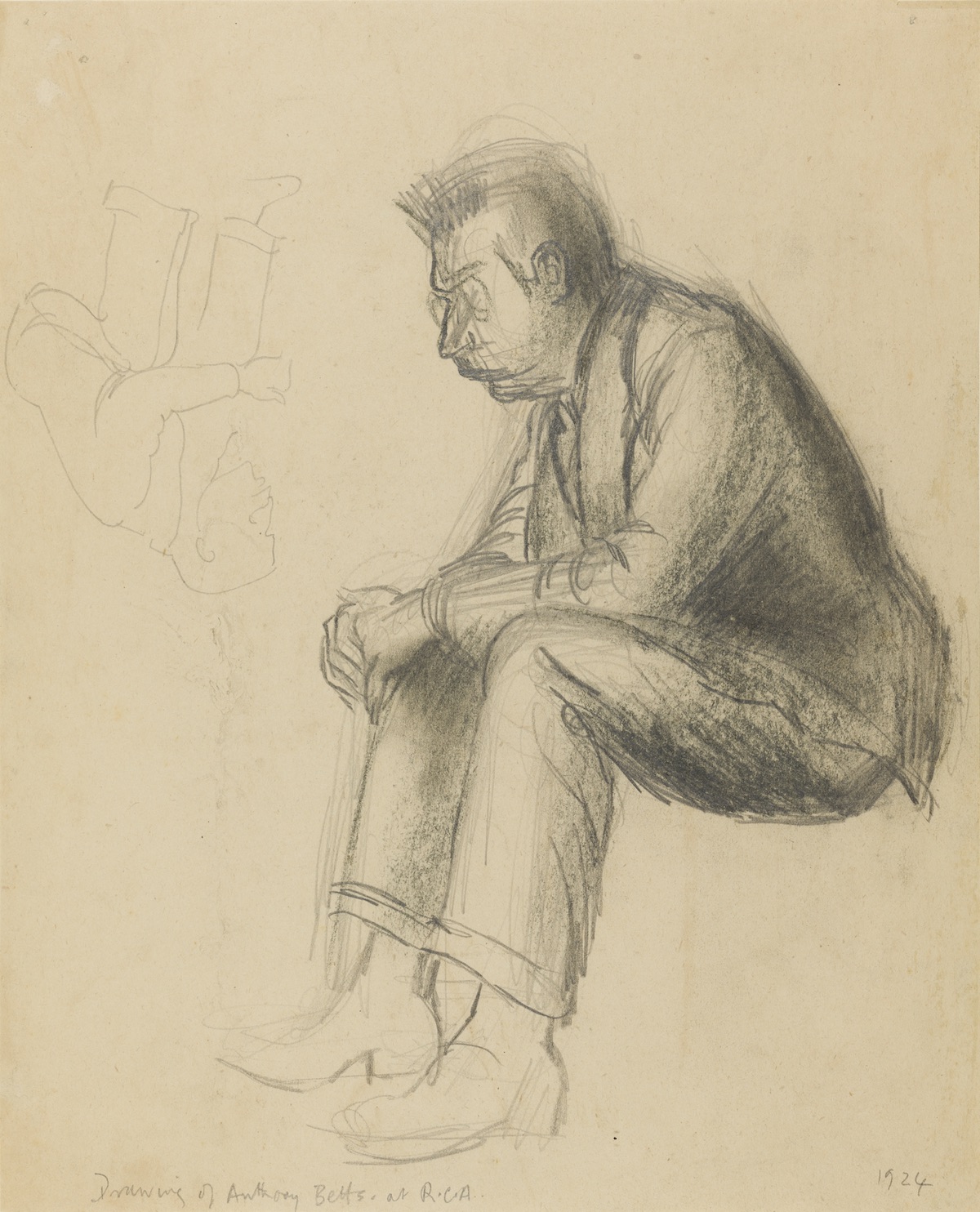
It was the artist Walter Sickert (1860-1942) who most informed Betts’ teaching and collecting in Reading.
The Betts Collection comprises an impressive 16 drawings by Sickert. They demonstrate principles that Betts adopted wholesale in his teaching, to the extent that he introduced an iron bedstead (a prop synonymous with Sickert) into the ‘life room’ at Reading.
Sickert also received an honorary doctorate at the University in 1938.

The exhibition closes with a brief look at what happened after Betts’ retirement in 1963. The almost complete lack of abstract art at Reading School of Art before this point was noticeable. Tutors including Rita Donagh (b.1939), Tom Cross (1931-2009) and Martin Froy (1926-2017) introduced new ideas about drawing into the curriculum. As had already occurred elsewhere, the School of Art broke with observational methods of drawing and encouraged students to experiment freely with line, form and colour.
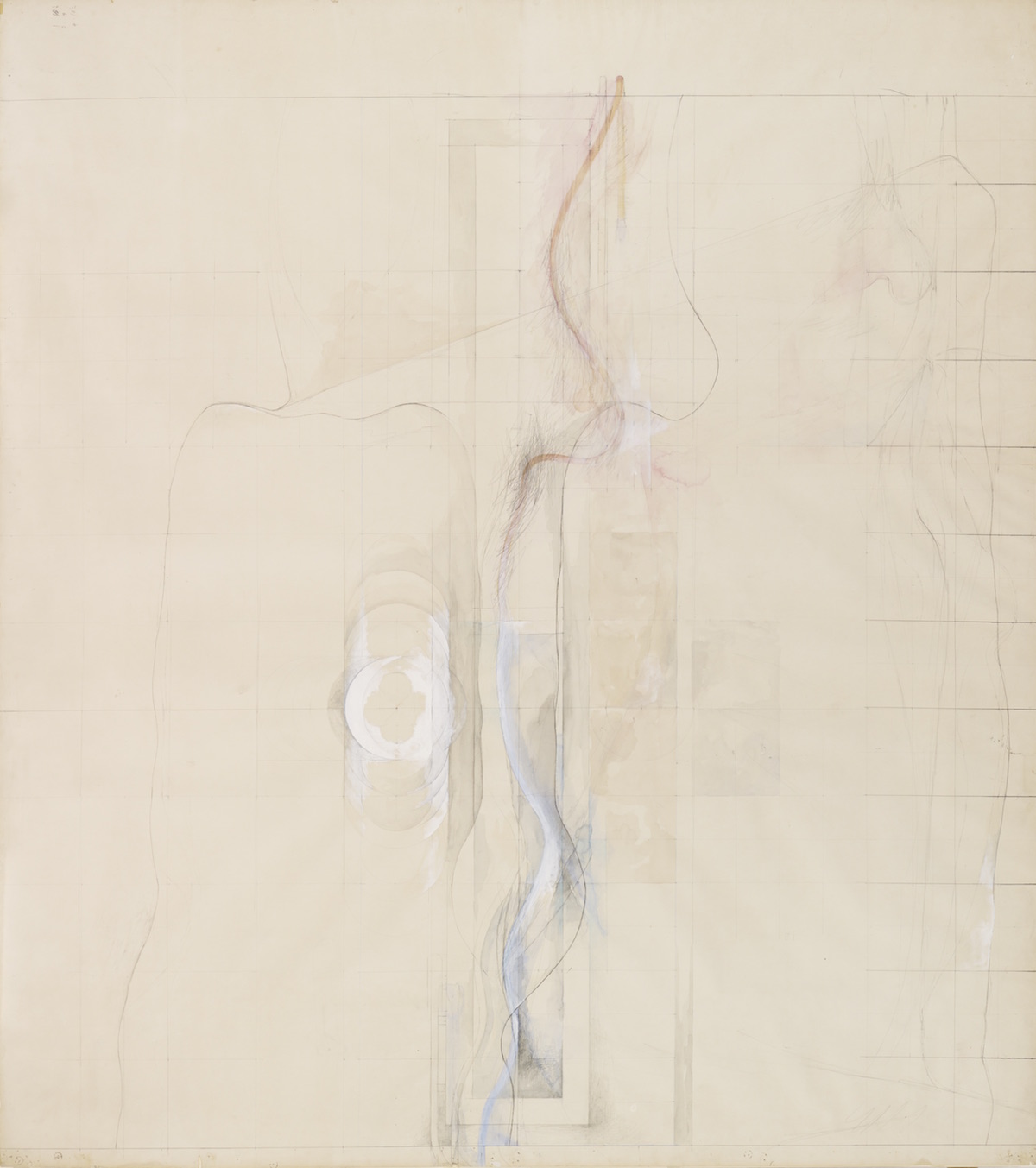
Rubens to Sickert will be available for visitors to Reading Museum to enjoy as soon as we reopen in May!
Until then, learn more about Rubens to Sickert online, or check out our online version of the exhibition